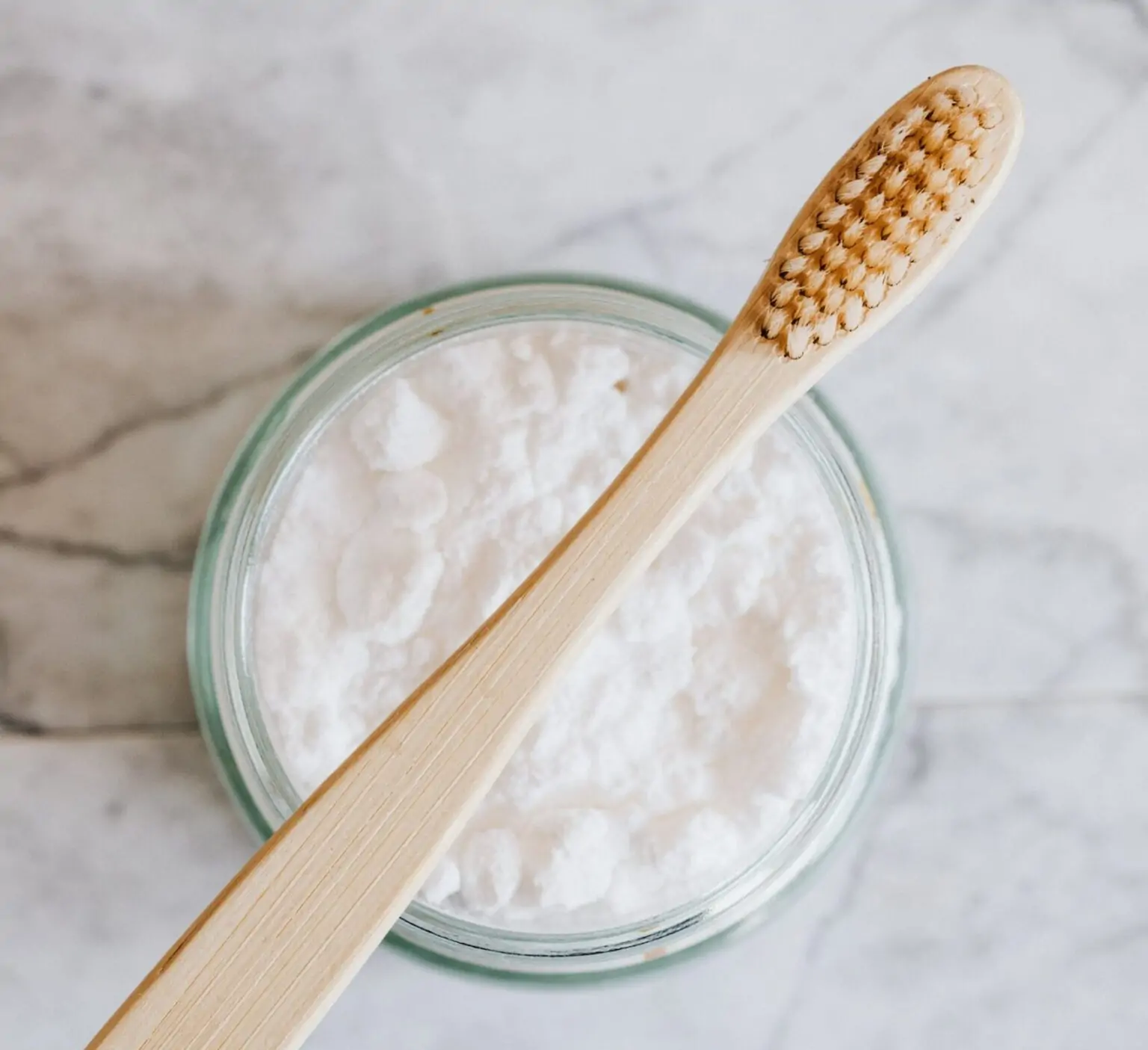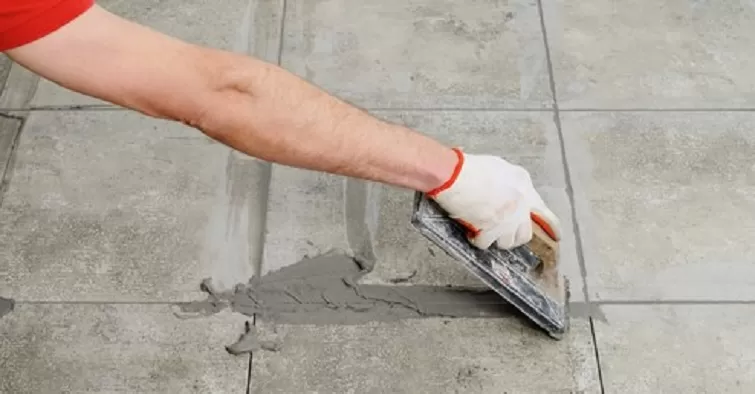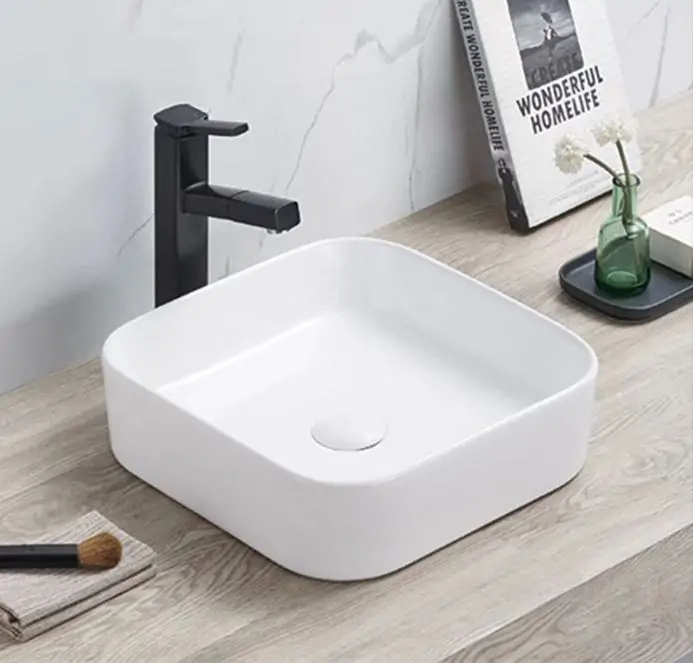Cleaning Travertine, Limestone and Marble Tiles
Initial Cleaning After Installation
The initial cleaning of natural stone surfaces, such as travertine, limestone, and marble, is crucial to prevent staining and ensure the stone’s longevity. Upon installation, it is important to remove any grout, adhesive, or construction debris from the stone surface before it dries or cures. This process should be done immediately after installation and grouting.
During the manufacturing and installation processes, natural stone surfaces can accumulate residues or contaminants. To clean these surfaces effectively:
Travertine and Limestone: Use a neutral pH cleaner designed specifically for natural stone to avoid etching or dulling the surface. Do not use acidic or abrasive cleaners, as they can damage the stone.
Marble: Marble is more sensitive to acids and abrasives, so a specially formulated marble cleaner should be used. Avoid any products containing vinegar, lemon, or other acidic substances.
Step 1: Start by using a soft, damp cloth or sponge to gently remove any residue. For more intensive cleaning, gently scrub the surface with a soft brush and warm water, followed by a thorough rinse and drying with a soft cloth.
Step 2: If grout residue remains, follow the grout manufacturer’s instructions for removal, ensuring that all traces are cleared to prevent staining. It is also recommended to perform a grout patch test in an inconspicuous area to check for potential discolouration or staining.
Daily Maintenance
Regular maintenance of natural stone surfaces helps preserve their beauty and prevents the build-up of dirt and stains. The cleaning methods can vary depending on the type of stone and the texture of the surface.
Step 1: Dust and vacuum the surface
Use a soft broom or vacuum cleaner with a brush attachment to remove dust and dirt.
Step 2: Use a pH-neutral cleaner
Avoid acidic, bleach, ammonia, or abrasive cleaners as they can damage natural stone. Use a pH-neutral cleaner mixed with warm water.
Step 3: Wipe with a soft cloth
Gently wipe the tiles with a soft cloth or sponge. Avoid using too much water, as natural stone is porous and can absorb moisture.
Step 4: Dry and buff
Immediately dry the tiles with a clean microfibre cloth to prevent water spots. For marble tiles, consider buffing them to a shine with a dry, soft cloth.
Step 5: Apply a sealer
To protect travertine, limestone and marble tiles from stains and moisture, apply a stone sealer according to the manufacturer’s instructions.
Intensive cleaning
For more intensive cleaning, especially in high-traffic areas or places prone to spills and stains, the following methods can be employed:
Travertine and Limestone: Use a gentle stone cleaner with a soft-bristle brush. Avoid acidic or harsh chemical cleaners, which can damage the stone.
Marble: Use a pH-neutral, non-abrasive cleaner designed for marble. Do not use abrasive pads or acidic cleaners, as these can cause etching and dull the surface.
After cleaning, always rinse the surface thoroughly with clean water and dry with a soft cloth to prevent water spots or streaking.







